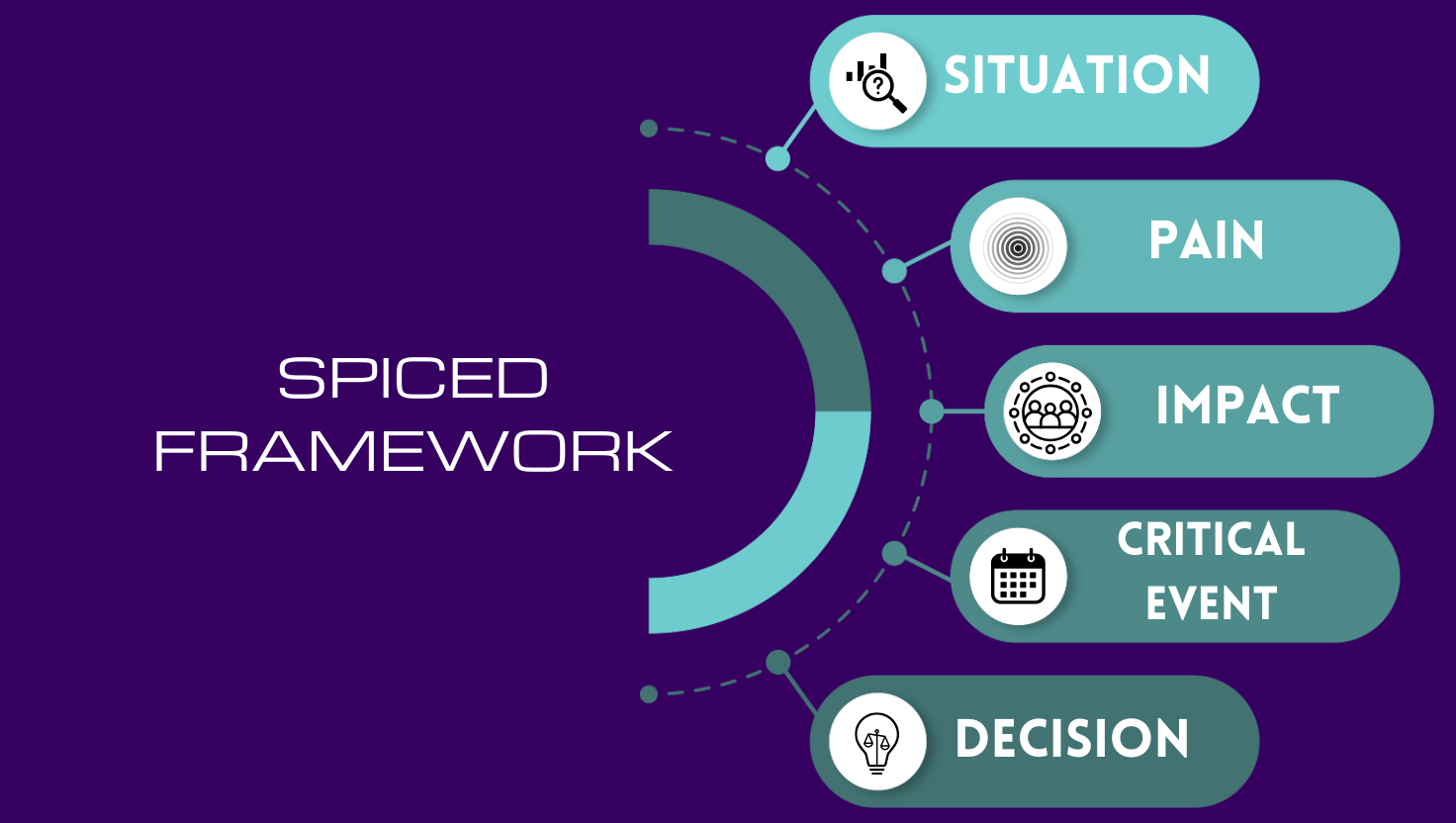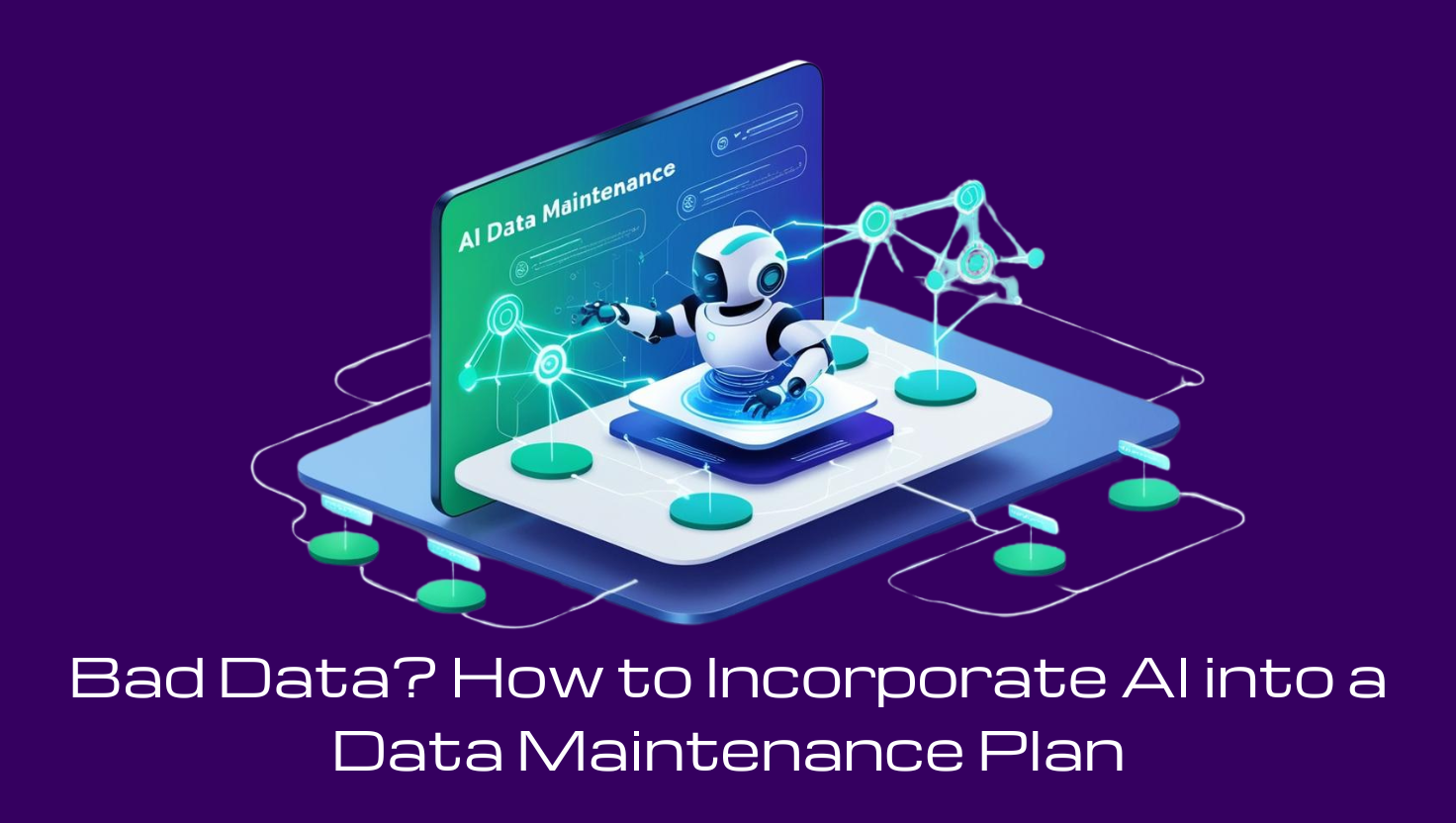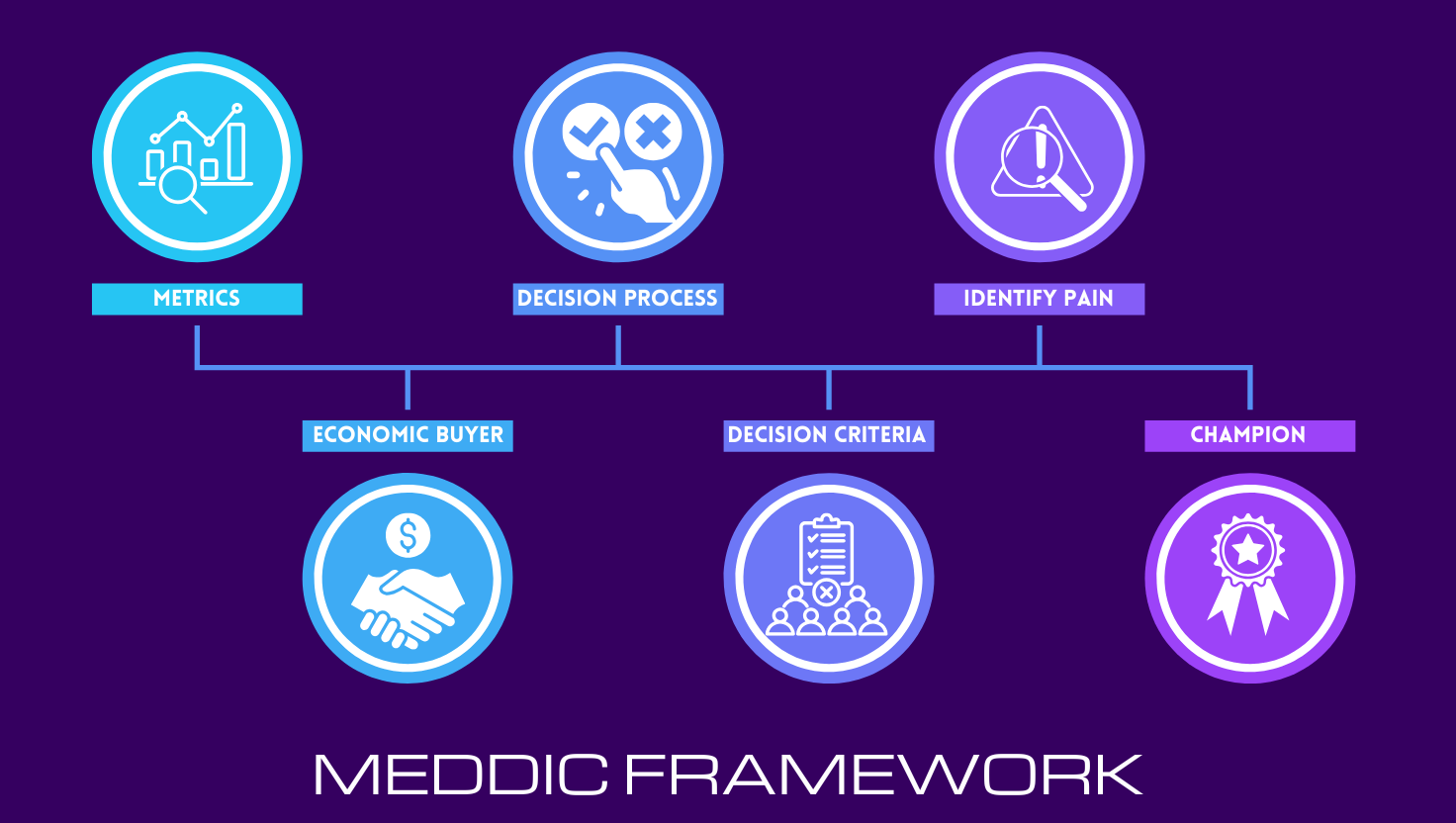How Do You Define SQA?
Sales Qualified Account (SQA) is a critical metric in your go-to-market (GTM) strategy, but it’s often misunderstood. Many organizations muddle their deifnition of SQA with Pipeline, leading to misalignment between teams and inconsistent reporting. Let’s break down what SQA is, how it differs from MQA and Pipeline, and how automating the tracking of these metrics can improve your revenue operations.
What is an SQA?
A Sales Qualified Account (SQA) is a lead that has been reviewed and formally accepted by the sales team as legitimate. Terminology can get confusing here because of the alphabet soup in SaaS, with many companies calling this stage an SAL (Sales Accepted Lead). Regardless of your terminology, unlike an MQA (Marketing Qualified Account), which is based on engagement and interest signals, an SQA has undergone a deeper qualification process and is deemed worthy of further sales engagement.
For a two-stage sales process, SQA is the stage when a Sales Development Rep (SDR) brings in an Account Executive (AE). With future AI SDRs, this may look like the AI having already vetted the lead, and then booking a meeting for the AE and creating an Opportunity.
Key Characteristics of a SQA:
- Has been vetted by sales and meets predefined qualification criteria.
- Aligns with the Ideal Customer Profile (ICP) in terms of industry, company size, and use case.
- Has an identified decision-maker or champion willing to discuss next steps.
- Has a clear pain point that your solution can address.
- Represents a meaningful opportunity but still requires further discovery before progressing to Pipeline.
How SQA Differs from MQA and Pipeline
MQA (Marketing Qualified Account)
MQA refers to an account that has shown significant interest based on marketing engagement but has not yet been reviewed by sales. This might include:
- Multiple contacts engaging with high-value content (e.g., webinars, case studies).
- Repeat website visits and product page views.
- Engagement with outbound marketing campaigns.
While MQAs indicate potential interest, they haven’t been validated by sales yet, meaning they are still early in the qualification process.
Pipeline (Sales Accepted Opportunity)
Pipeline refers to an opportunity that has progressed beyond qualification and is actively being worked by sales. A pipeline deal has:
- A confirmed buying process with an expected timeline.
- An active conversation about pricing, implementation, or contract details.
- A strong likelihood of closing based on historical data.
Essentially, SALs serve as the bridge between MQAs and Pipeline, ensuring that only well-qualified leads make it into the active sales pipeline.
Automating SQA Tracking with SaaSTrack
Manually tracking SQAs can lead to inconsistencies and delays, making it harder for teams to align. SaaSTrack automates the tracking of SQAs, MQAs, and Pipeline, ensuring that your CRM remains a single source of truth for revenue operations. With SaaSTrack, you can:
- Standardize SQA criteria to ensure consistency across sales and marketing.
- Automate Opportunity generation based on engagement signals.
- Improve forecasting accuracy by ensuring only properly vetted accounts move into the pipeline.
Setting the Foundation for AI in Salesforce
Once your SQA definitions and tracking are standardized, your organization is well-positioned to layer AI on top of your Salesforce. With clean, structured data, AI can:
- Predict deal success rates based on historical SQA conversions.
- Identify ideal target accounts using behavioral data and engagement signals.
- Optimize sales outreach by prioritizing accounts most likely to convert.
By leveraging AI-driven insights, sales teams can focus their efforts on high-value accounts, leading to better conversion rates and increased revenue predictability.
Final Thoughts
Clearly defining and automating SQA tracking is crucial for sales and marketing alignment. By distinguishing SQAs from MQAs and Pipeline, teams can ensure a smoother handoff, reduce wasted effort, and improve forecasting accuracy.




